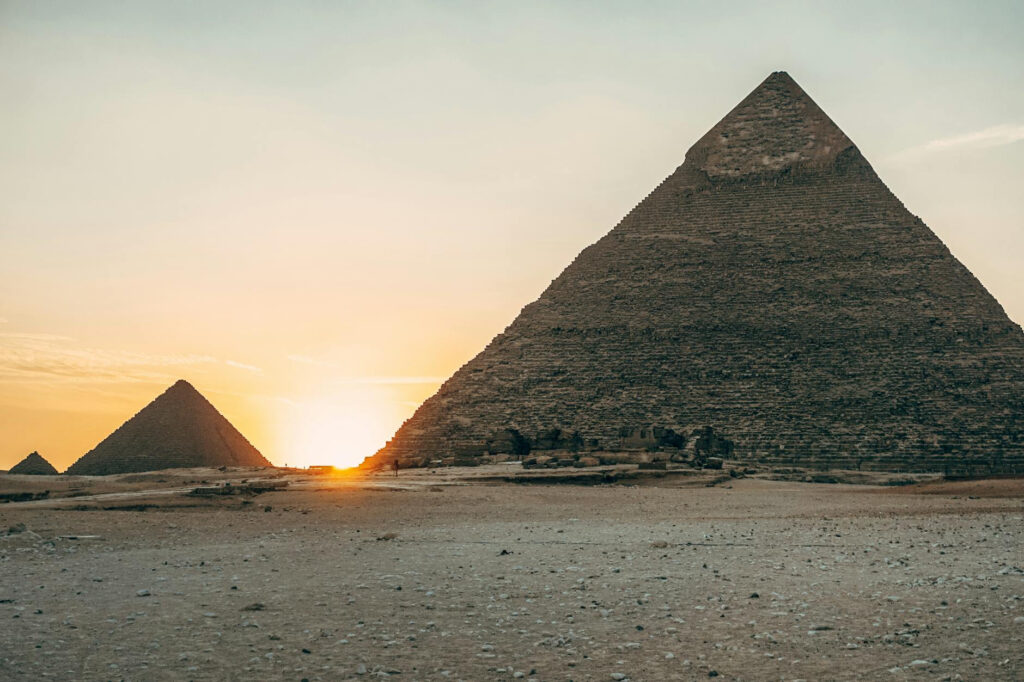How is it that Latter-day Saints who have been given the key of knowledge of the end-time in the prophecies of Isaiah do not feel compelled to SEARCH them for themselves as their Savior has commanded but instead leave that up to the “wise and learned”—the academics of our day who “illuminate with mere sparks” in order to maintain their tenured professorships (Isaiah 29:13–14; 50:11)? How is it that “precepts of men” and the “line upon line” principle of learning continue to wield more power in the minds of Latter-day Saints than the Word of God they are counseled to SEARCH, in the end leading to their condemnation for never having personally tasted of its fruits (Isaiah 28:7–13; 2 Nephi 28:12–15, 26–32)? How is it that year after year Latter-day Saints pursue the same course for understanding the words of Isaiah that hasn’t worked—yet expecting a different result—because they “will not SEARCH knowledge, nor understand great knowledge, when it is given unto them in plainness, even as plain as word can be” (2 Nephi 32:7)?
What becomes PLAIN when applying simple interpretive tools the Isaiah Institute provides is that underlying literary structures transform the entire Book of Isaiah into an allegory of the end-time in which the names of ancient world powers serve as codenames of end-time world powers that are identifiable by how Isaiah characterizes them. What becomes PLAIN is that people who appear in the Book of Isaiah exemplify seven spiritual levels of humanity on a ladder to heaven that are recognizable by their occupants’ character traits, whether good or evil. What becomes PLAIN is that Isaiah frequently resorts to codenames to portray the main actors in the world’s end-time drama—such as the Lord’s “arm” to denote his end-time servant and the Lord’s “fire” and “sword” to denote an end-time king of Assyria—creating a prophecy within a prophecy that adds an entirely other dimension to his vision of the end-time. Must Latter-day Saints “awake to a sense of their awful situation” before giving Isaiah’s prophecy the attention it deserves?













First, I wouldn’t be so hard on the latter-day saints. As long as they keep their covenants, they’ll be fine.
Secondly, the end-time forerunner Elias (who restores all things) is the left arm of God and is the very destroying angel. Jesus Christ is the right arm of God (and is the Savior). Thus God will use the destroyer to save all (saved) things and He will use the Savior to destroy the (unsaved) wicked at the Second Coming.
The ancient Assyrian king spoken of by Isaiah was patterned after the destroying angel. In other words, he was a destroyer type. He did the same types of things that the end-time destroyer (Elias) will do during the end times. Additionally the end-time beast will also pattern himself after the destroying angel, just as the devil patterned himself in the beginning after the destroying angel. So Isaiah’s words about the Assyrian king have end-time application to both the righteous Elias and the wicked beast. Nevertheless, during the end times, the beast will also pattern himself after Christ, becoming a false Christ, or anti-Christ, so he won’t be a pure destroyer type, but an amalgamation of Christ and the destroyer. Thus the Assyrian king more closely resembles the destroyer than the beast.
I could take the chapter and fully expound it, I suppose, and show the parallels, but this would be new information, which I typically release either publicly on my own blog or privately among those who know me, so I won’t do it here. But I did at least want to mention this one fact here: that the ancient Assyrian king was an example of a wicked destroyer type, and that even though he was wicked, (whereas the destroyer is righteous), his words, deeds, thoughts and intents of his heart, his people and even his land (Assyria) parallel the destroyer’s end-time land, people, thoughts, feelings, words and deeds.